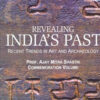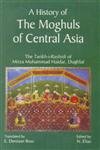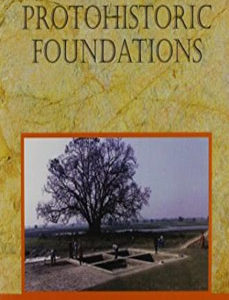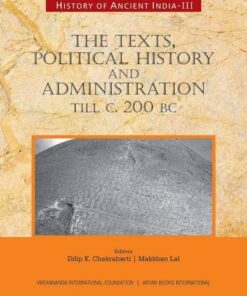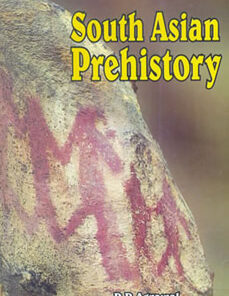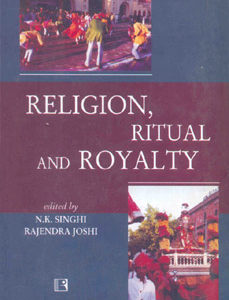Ascetics, Piety and Power – Saiva Siddhanta Monastic Art in The Woodlands of Central India
₹2,400.00 Original price was: ₹2,400.00.₹1,968.00Current price is: ₹1,968.00.
25 in stock
About the Book
The book attempts to recapture the material milieu, spiritual anchorage and power and authority of Saiva Siddhanta ascetics in the Vindhyan woodlands of central India during the early medieval times. In doing so, it also highlights contradictions that coupled renunciation with acquisitive monasticism, piety with power, and militancy with asceticism. The details tend to betray territorial ambition of the renounces who carved out a vast network of prosperous mathas the spectacular structures generally ignored in our studies so far- as their strongholds amidst the raw and hazardous woodlands (atavis) lived by indomitable autochthons (atavikas). The book highlights the renouncer-woodlander coalition institutionalized under the monasteries, temples and sculpture. Sculptures among these, in particular, portray queer female deities, fierce goblins, banshees and ascetics too, all integrated with conventional divinities, which composed the Saiddhantika monastic art and architecture.
About the Author
Professor R.N. Misra taught at the Universities of Saugor. Gwalior and Allahabad (1959-2001) and was also a Fellow of Indian Institute of Advanced Study (1973-75; 2002-05) and Tagore National Fellow (2012-15) affiliated to the Archaeological Survey of India.
The books he authored include Bharhut (in Hindi 1971), Ancient Artist and Art Activity (1975), Indian Sculptures (in Hindi: 1978, 2002, 2008), Yaksha Cult and Iconography (1981), Sculptures of Dahala and Daksina Kosala (1987), Ancient Indian Socicty, Economy and Religion (in Hindi, 1991, 1994), Silpa in Indian Tradition (2009) and Outlines of Indian Arts (edited, 2014).
Preface
This narrative attempts to recapture, the material milieu, spiritua
| Author's Name | |
|---|---|
| Binding | |
| Release Year | |
| Language | |
| Publisher |
Related products
History / Archeology
History / Archeology
CRUSADER FOR SELF-RULE: Tej Bahadur Sapru & The Indian National Movement
History / Archeology
HISTORY OF ANCIENT INDIA: Volume II: Protohistoric Foundations
History / Archeology
History / Archeology
THE HISTORY OF BUDDHISM: Together with the Life and Teachings of Buddha
History / Archeology
History / Archeology
History / Archeology


